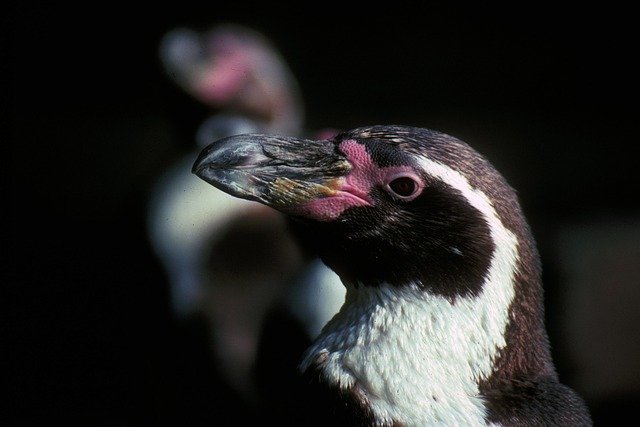**Title: "The Marvelous Adaptations of Penguins: Masters of the Cold"** **Post

The Marvelous Adaptations of Penguins: Masters of the Cold
Penguins are one of nature's most fascinating creatures, perfectly adapted to thrive in some of the coldest environments on Earth. These flightless birds have evolved a range of remarkable adaptations that not only help them survive but also excel in their icy habitats. Let’s dive into the unique features that make penguins true masters of the cold!
1. Streamlined Bodies
Penguins have a torpedo-shaped body that reduces drag while swimming. This streamlined form allows them to glide effortlessly through the water, reaching speeds of up to 15 miles per hour (24 km/h). Their wings have evolved into flippers, which they use to propel themselves with remarkable agility.
2. Insulating Feathers
One of the key adaptations penguins have is their dense, waterproof feathers. Each penguin has around 70 feathers per square inch, providing an insulating layer that traps warm air close to their bodies. Additionally, the outer layer of feathers is coated with a special oil, making them water-resistant and keeping them dry in icy waters.
3. Fat Reserves
To survive the harsh winter months, penguins have a thick layer of blubber beneath their skin. This fat not only provides insulation against the cold but also serves as an energy reserve during periods of fasting, such as during breeding season when they may go without food for weeks.
4. Social Behavior
Penguins are highly social animals, often forming large colonies that provide warmth and protection from the elements. By huddling together, they can significantly reduce heat loss. This communal behavior is crucial during the brutal Antarctic winters, where temperatures can plummet.
5. Unique Breeding Strategies
Many penguin species exhibit fascinating breeding behaviors that reflect their adaptations to the cold. For example, Emperor penguins are known for their unique reproductive strategy, where males incubate the eggs on their feet, covered by a flap of skin, to keep them warm while females hunt for food.
6. Highly Developed Vision
Penguins possess excellent vision, both in air and underwater. Their eyes are adapted to see clearly in dim light conditions, which is essential for hunting in the murky depths of the ocean. This adaptation allows them to spot fish and other prey with remarkable accuracy.
7. Thermoregulation
Penguins have specialized blood vessels in their flippers and feet that help regulate their body temperature. By adjusting blood flow to these extremities, they can conserve heat while still being able to swim in icy waters.
Conclusion
The adaptations of penguins are a testament to the incredible resilience of life in extreme conditions. From their streamlined bodies to their social behaviors, these birds have developed a suite of features that enable them to thrive in one of the planet's harshest environments. As we continue to study and learn from these remarkable creatures, we are reminded of the wonders of evolution and the importance of conserving their habitats for future generations.
Feel free to share your thoughts or any questions you may have about these amazing birds! 🐧❄️
